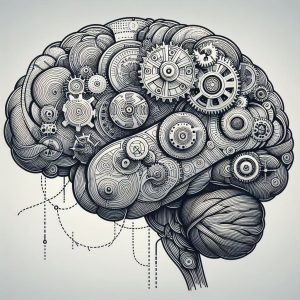The project at a glance
-
Start date:01 Oct 2022
-
Duration in months:72
-
Funding:University of Luxembourg / UCL Louvain
-
Principal Investigator(s):Aliette LOCHYVirginie Crollen (external)
About
Different teaching methods for learning to read in an alphabetic script are debated since many years, and yet, a variety of them continue to be used in classrooms. The most frequent are the phonics and the global (or whole-word, or sight word) ones. The phonics teaches correspondences between graphemes and phonemes (GPC), that have then to be assembled to pronounce words. The global approach, to the contrary, favors rote-learning of an association between the oral and written word, without decomposition. Therefore, only the phonics allows children to transfer knowledge and read new words. Also, the global approach induces reliance on non-linguistic features of words for recognition (letter shapes). In a past research, we have shown in 1st graders that words learnt globally gave rise to bilateral neural responses, hence reflecting involvement of visual processes dedicated to object recognition, instead of the classical exclusive involvement of the left hemisphere during reading. This method remains nevertheless used in schools and could also be appropriated in specific populations like deaf individuals. Therefore, it is crucial to understand better the impact at the cognitive and brain level of learning to read with a global method. In the current project we compare these approaches in young adults learning a novel, artificial script. They are tested behaviorally and with EEG before/after learning with phonics (GPC are explicitly instructed)/ global (GPC are not instructed, focus is placed on visual features, but participants could extract the GPC regularities)/ or random (like global, but participants cannot extract GPC as they are random). We also contrast learning of real words vs pseudowords, to assess the role of semantics. Finally, by collecting data on general cognitive and linguistic abilities in participants, we aim to understand which characteristics of participants themselves, such as phonological awareness, may influence reliance on GPC vs rote-learning.
Organisation and Partners
- Department of Behavioural and Cognitive Sciences
- Faculty of Humanities, Education and Social Sciences (FHSE)
- Université Catholique de Louvain, Faculté de Psychologie et des Sciences de l'Education
Project team
-
Aliette LOCHY
-
Virginie Crollen
Université Catholique de Louvain
Keywords
- Reading
- Learning
- Teaching
- Methods
- Visual word recognition
- EEG
- Frequency-tagging
